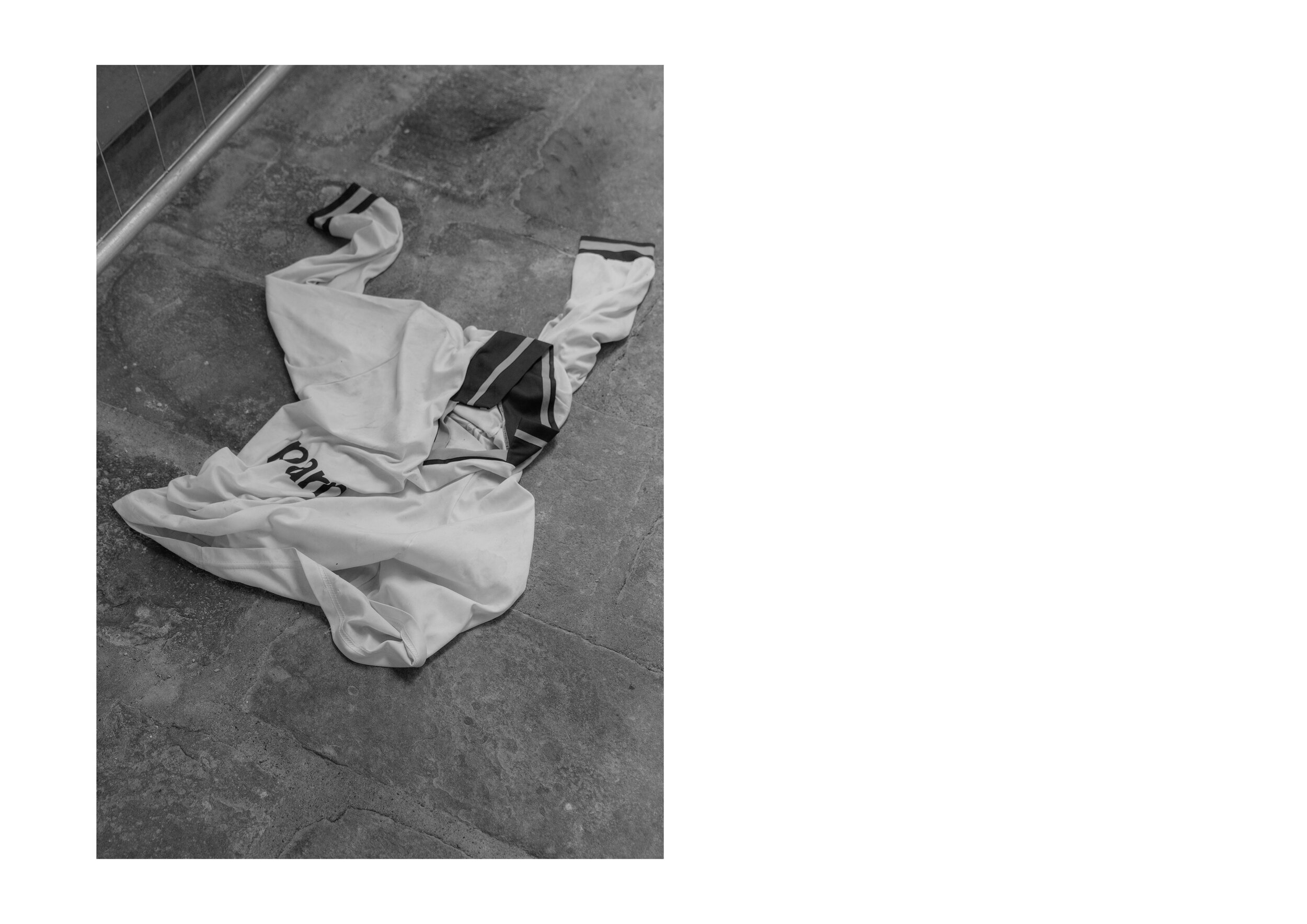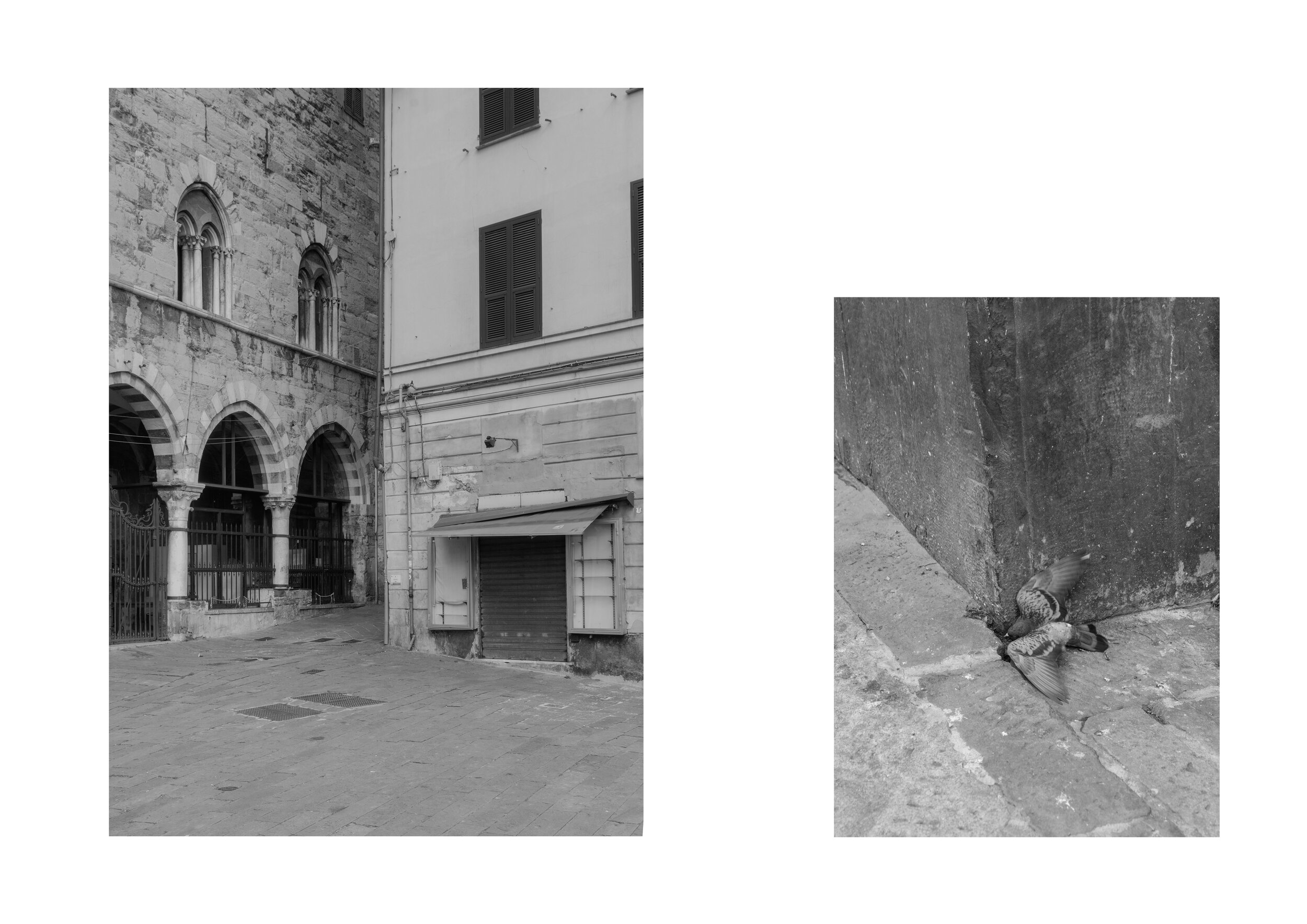Camillo Pasquarelli - Lockdown in Genoa
On March 9th, the Italian government imposed a lockdown to prevent the spread of Covid-19. Since then, 60 million people have been living under one of the most severe quarantines in Europe.
When Italian Prime Minister Giuseppe Conte announced the beginning of the so-called “Phase 1” of the lockdown, I found myself stuck in a place I barely knew– the coastal city of Genoa. As time progressed, Genoa became the place I ended up exploring in its pandemic desolation.
The emptiness of the city amplified its celebrated and mysterious past. For centuries, Genoa played a central role in the history of the Mediterranean region. Its port, once a mandatory destination for traders hailing from the East and West, is now facing the consequences of global economic slowdown. This reverberates into the deep identity crisis the whole city has been facing for decades; a crisis and a pandemic. I wondered how I could effectively tell these two stories from the right angle, with an honest and visual representation.
I felt disoriented, caught in the middle of the constant flux of images offered by mass media. To visualize the effects of the virus on our lives is to see the packed hospitals, portraits of doctors and nurses painstakingly fighting the spread of Covid-19, lines and lines of coffins. While locked at home, connecting with the outer world needs mediation, and images play a crucial part in forming our idea of what is going on out there. At first, I was skeptical about portraying a collective experience from an objective and informative approach. But then, while wandering around the narrow alleys of the old town, I realized that in order to find a way to convey this daunting feeling of stillness and suspension, I had to let the emotions take the lead and guide me through my long, lonely walks, and their casual encounters.
An old man enjoys the spring sunshine right outside his home.
The port of Genoa, one of Italy’s most major seaports, is facing a critical moment due to the collapse of cargo and cruise ships.
Luca Bonfiglio, 59. He works at the port and is part of the labourer association–a group helping to deliver food and medication to the elderly or to those unable to leave their homes.
Tiny alleys characterize most of Genoa’s city centre.
The city of Genoa has one of Italy’s highest aging population.
The famous beach of Boccadasse, an old mariner’s neighbourhood, normally overcrowded in the spring with locals and tourists.
An elderly woman receives her medication delivered to her doorstep by a volunteer.
Silvia Calosso, 20; another dedicated volunteer for the labourers association.
“Mangini Cafe”. All the bars, cafes and restaurants are closed. The closed entrance of Carlo Felice, the city’s main theatre.




















